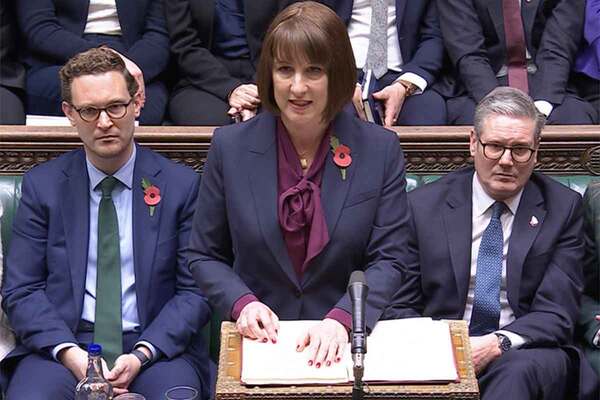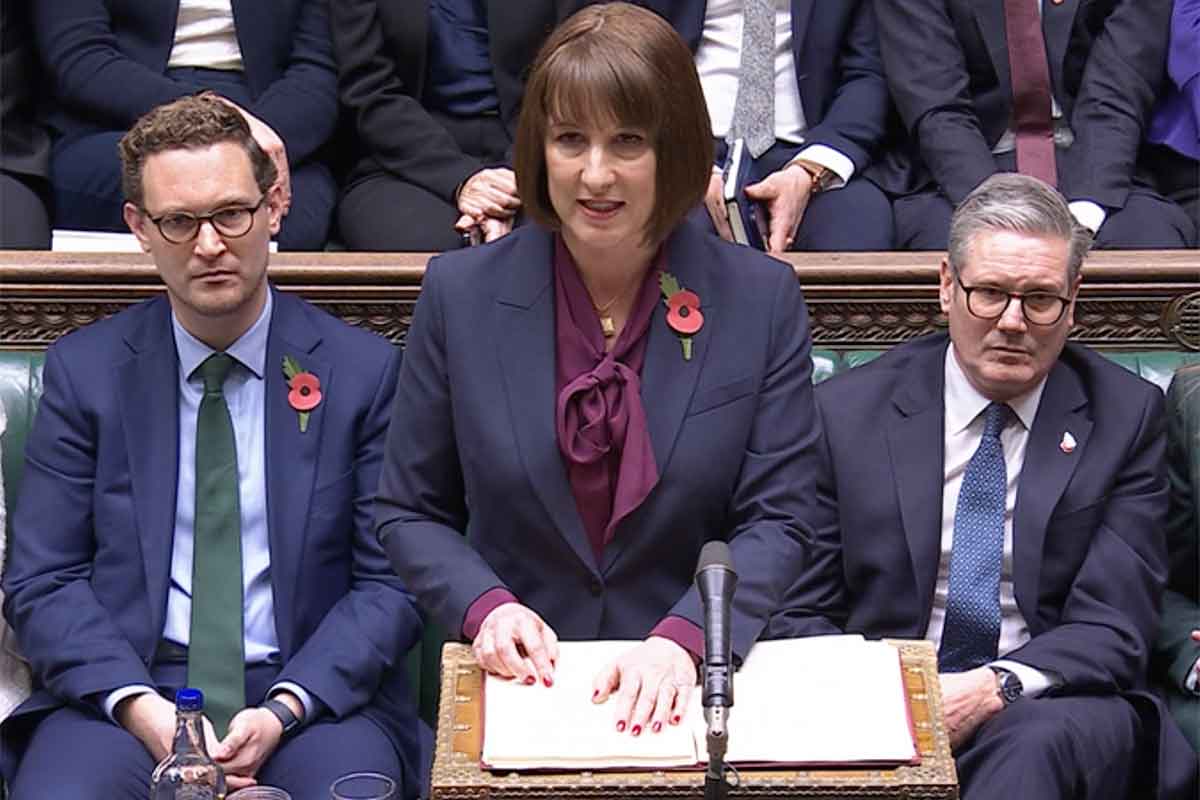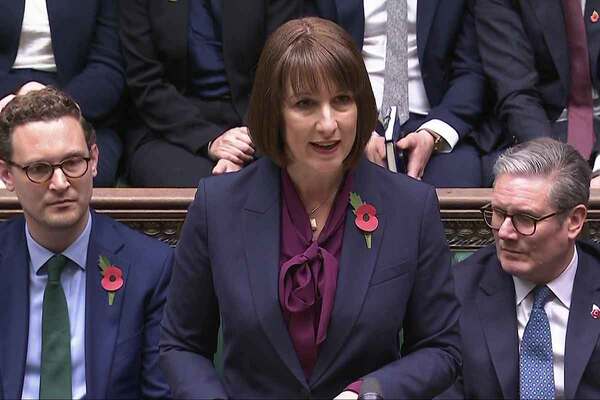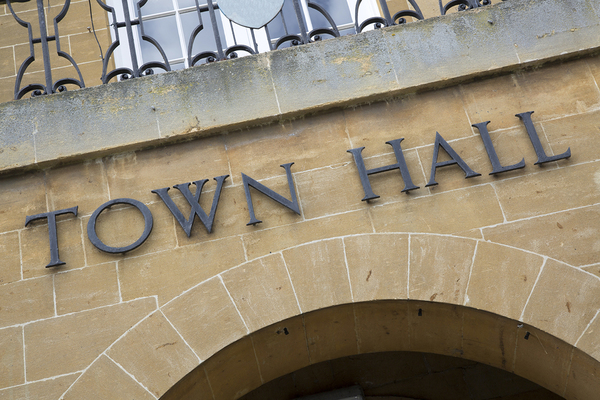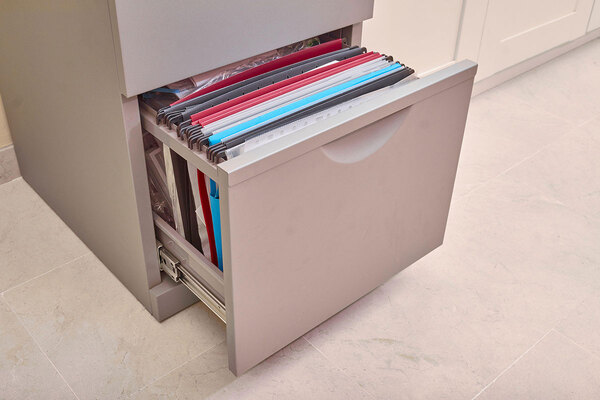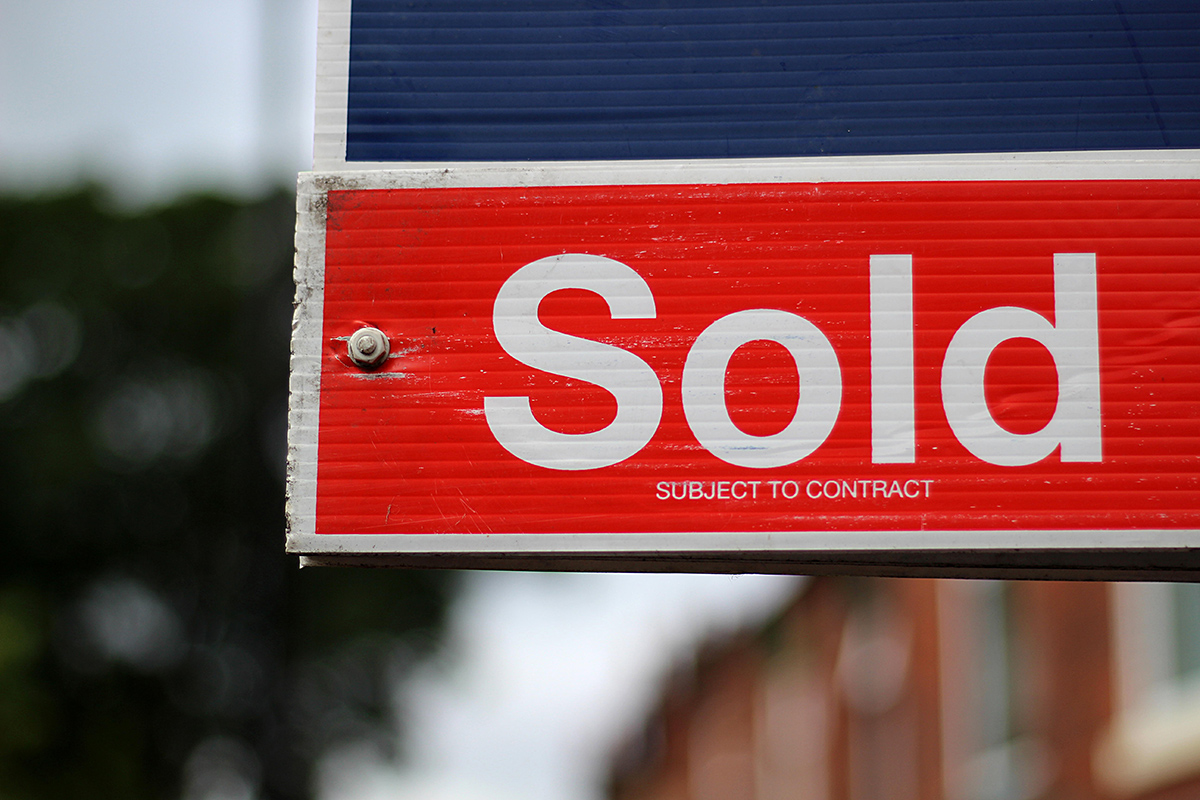You are viewing 1 of your 1 free articles
Councils expected to save £1.2bn over five years from Right to Buy changes
Local authorities are expected to save nearly £1.2bn by 2029-30 from Right to Buy reductions and being able to retain full receipts from social housing sales.
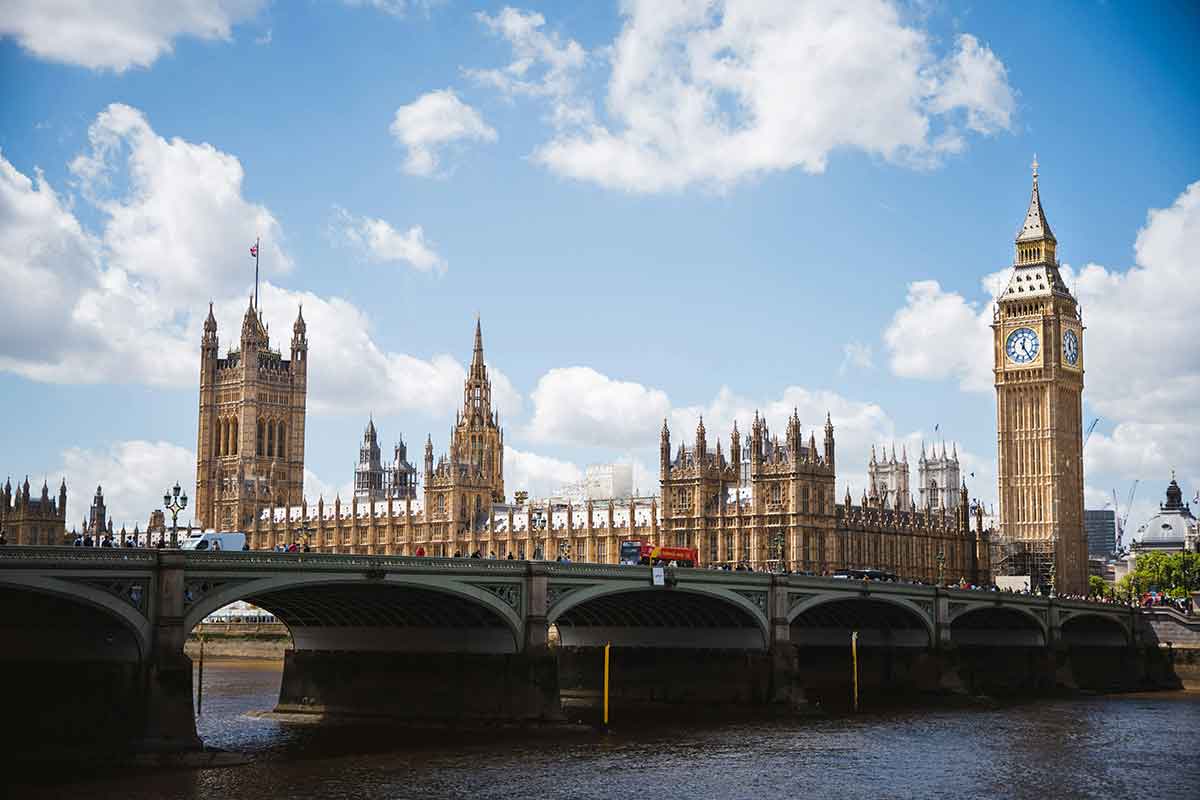
According to the Budget document, published alongside the chancellor’s speech announcing the policy, the decision will save councils £265m in 2025-26, £280m in 2026-27, £195m in 2027-28, £205m in 2028-29 and £240m in 2029-30.
The document said that reducing discounts on the Right to Buy scheme from November and enabling councils in England to keep all the receipts generated by sales “will deliver on the government’s manifesto commitment to protect existing council housing stock”.
It will also “boost council capacity to ensure that vital social housing is available to those who need it most”, the document said.
The Right to Buy scheme was introduced in 1980 by then-prime minister Margaret Thatcher and it enables council tenants to buy their council home at a discount.
The size of the discounts was increased in 2012 under a relaunch of the scheme to a maximum of £87,200 across England and £116,200 in London.
Councils previously had to give a proportion of the receipt from any sale to the Treasury, typically between 20% and 25%.
But in March 2023, the Conservative government informed local authorities that they would be allowed to keep all Right to Buy receipts for 2022-23 and 2023-24, in an attempt to boost housebuilding.
However, it ended the two-year policy in March at a time of significant financial hardship for councils, with several effectively declaring bankruptcy in the past five years.
The maximum cash discount is currently £102,400 across England, except in London boroughs where it is £136,400.
According to government documents, following its review on the scheme, maximum cash discounts will be reduced to £16,000 to £38,000 from 21 November. The level of the maximum discount available will depend on location.
In the North East, for example, the discount will be £22,000. It will be £16,000 in the East, and £38,000 in the South East with some exceptions.
In her Budget speech on Wednesday, chancellor Rachel Reeves said she made the move after hearing representations on the issue from councils, housing associations and homelessness charity Shelter.
She said councils will now be able to use the money generated to “reinvest back into the housing stock and into new supply”.
“By doing this, we will give more people a safe, secure and affordable place to live,” Ms Reeves said.
Responding to the Budget, Louise Gittins, chair of the Local Government Association (LGA), said: “It has become increasingly impossible for councils to replace homes as quickly as they’re being sold through the Right to Buy scheme.
“The LGA has long called for reform to RTB and these positive measures will support the replacement of sold homes and to stem the continued loss of existing stock.”
She said the LGA is “pleased government acted on our call to increase Affordable Homes Programme [AHP] funding”.
The government announced a £500m top-up to the AHP, alongside a five-year rent settlement for social landlords.
“We have made the case for councils to be empowered to build more affordable, good-quality homes quickly and at scale, and this will boost councils’ ability to build desperately-needed affordable housing for local communities,” Ms Gittins said.
She added that a five-year settlement is a “step in the right direction” in providing certainty for councils on rental income.
“But to really strengthen and provide stability to Housing Revenue Accounts, a minimum 10-year rent settlement is needed, alongside restoration of lost revenue due to the rent cap and a review of the self-financing settlement of 2012.
“This would better support long-term business planning to ensure councils can deliver high-quality homes and associated support for their tenants,” Ms Gittins said.
Sign up for our Council Focus newsletter
Already have an account? Click here to manage your newsletters
